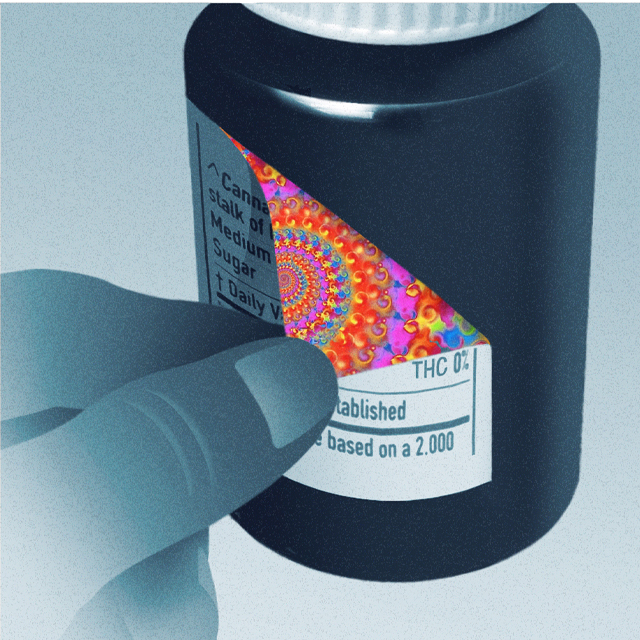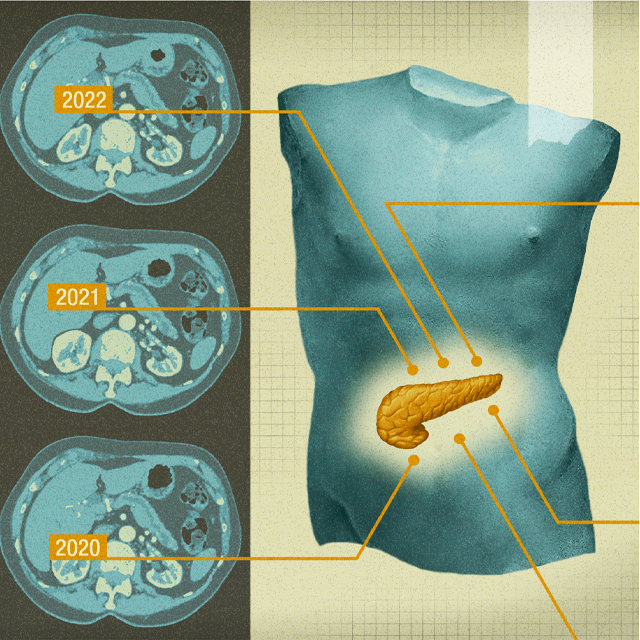“Transplanting livers usually meant someone had to die. One family is elated, and another family grieves. With live donors, no one dies, and the patient gets a new liver. It’s great.”
Ahment Gurakar, medical director of liver transplantation at The Johns Hopkins Hospital, noting that the Johns Hopkins team performed more live-donor liver transplants in 2021 than nearly all others in the region that includes Maryland, West Virginia, Pennsylvania, Delaware, New Jersey and Washington, D.C.
In live-donor transplants, a portion of the donor liver — in adults, usually part of the organ’s right lobe — is removed and grafted into a recipient, in place of a diseased liver. Following the surgeries, the donor’s liver will regenerate back to full size, and the recipient’s new liver will grow to normal size.
Of the 138 liver transplants performed at Johns Hopkins last year, 19 — about 14% — involved a living donor. Gurakar says all 38 donors and recipients had positive outcomes. He expects the percentage to increase in years to come.



